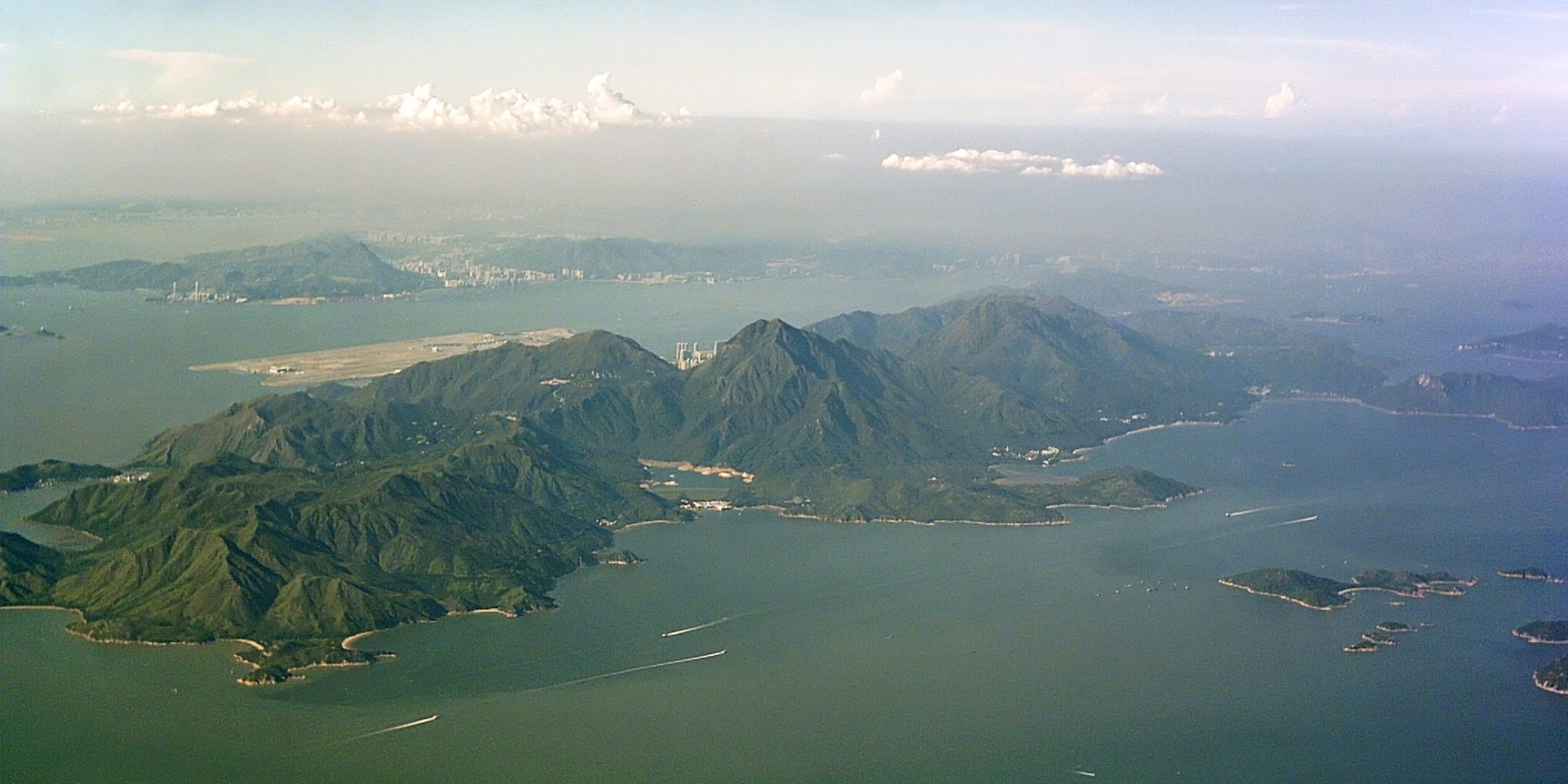In the 2018 Policy Address, the Chief Executive announced the Lantau Tomorrow Vision (LTV) as a means to provide land for development that will meet the long-term needs of Hong Kong.
Hong Kong is facing shortage of land to sustain economic growth as well as a low proportion of government land and large sites to meet the needs of society due to an aging population. The ambitious scheme of LTV aims to ease the land scarcity as well as to support Hong Kong’s bid to become an international innovation and technology hub.
Lantau Tomorrow Vision (LTV) is an important but controversial project
At the core of the Lantau Tomorrow Vision (LTV) is the phased formation of artificial islands around Kau Yi Chau and Hei Ling Chau in the waters east of Lantau Island. This land reclamation will be accompanied by new strategic road and railway networks to link it with Hong Kong Island, Lantau, and the coastal areas of Tuen Mun. It is expected to cost USD 80 billion and includes the development of 1,700 hectares of artificial islands with 260,000 – 400,000 housing units, 70% of which will be earmarked for public housing.
Since the announcement of LTV, the public has raised concerns on the impact of the development on marine ecology, conservation, transport infrastructure, cost-effectiveness and the need to expedite land supply.
There are four our pillars of solutions that can support LTV’s successful application
At a recent sharing seminar of ‘Lantau Tomorrow – Reimagined’, Arcadis collaborated with Behave, Ronald Lu & Partners to bring together 16 experts and industry leaders to exchange insights on key considerations and potential solutions for the future development of Lantau Tomorrow Vision. The discussion catered not only to the mobility, employment, and ecological needs of the population, but on the mega-project’s ability to serve as an example for the region. The resulting insights are structured around four thematic pillars:
-
1. Designing for societal expectations: Building resilient communities and transportation networks amidst rapid urbanisation by improving building design, using the latest technologies and the promotion of people-oriented streetscapes within the built environment.
-
2. Driving innovation and modernisation: Establishing mechanisms to actively encourage and nurture development and implementation of digital tools and modern systems that support productivity, safety and sustainability improvements.
-
3. Driving efficiency-focused policy: Focusing on improving the existing approval processes and procurement strategies through leveraging digital technologies and modifying existing communication mechanisms.
-
4. Accelerating green transition: Improving connectivity and reducing commute time through more climate-smart modes of transport and raising awareness about the important challenges that climate change impact and adaptation requirements present for the Hong Kong transport network.
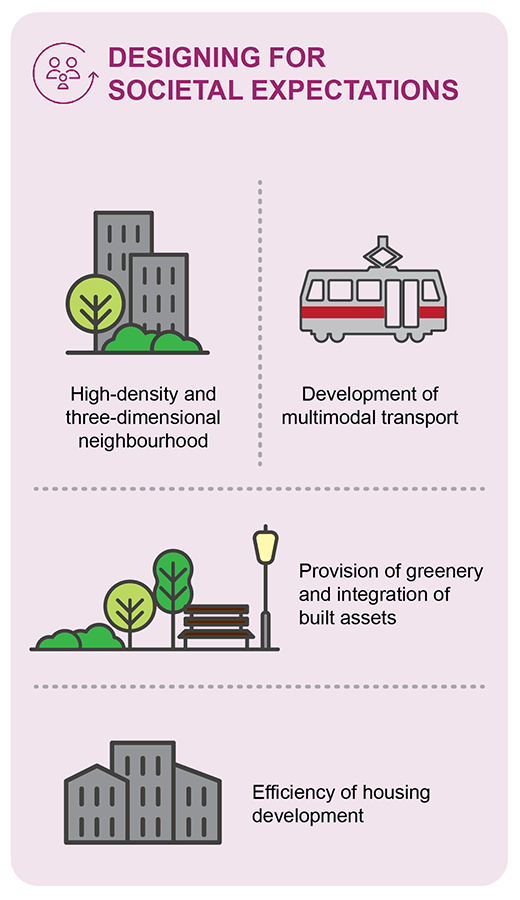
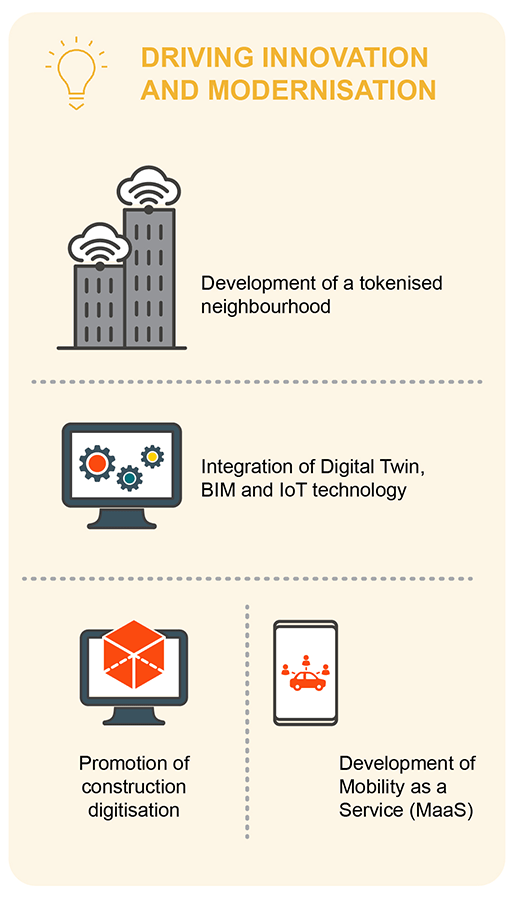
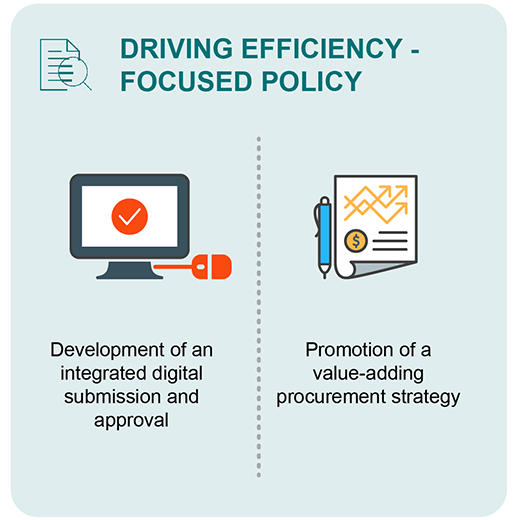
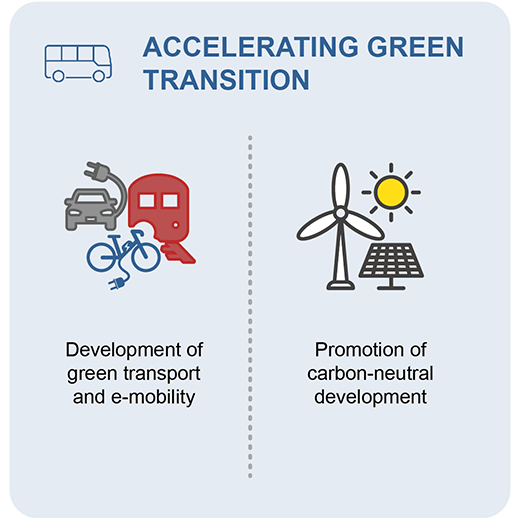
Learning from other countries’ experience to address the existing weaknesses
The project background and the analysis that our experts and industry leaders have made are mapping the strengths and weaknesses of Hong Kong in the way of formulating the LTV. But what is the best way to respond to those key challenges? Rather than prescribe actions, the report provides a variety of case studies to show policy makers what other countries or regions are doing and how successful such initiatives have been.
For example, Paris, London and Milan are exploring the sustainable land use by creating car-free, transit-oriented, socially and technologically connected neighbourhoods that embrace radical mixed uses. These support the creation of privately- or community-run workspaces and communal spaces in multi-level residential buildings.
The idea behind a series of case studies is to offer policy makers and industry leaders easily accessible profiles of countries’ urban development systems, and the innovative measures adopted to improve those systems, that could inspire reforms at home.
Developing the right strategies for Hong Kong
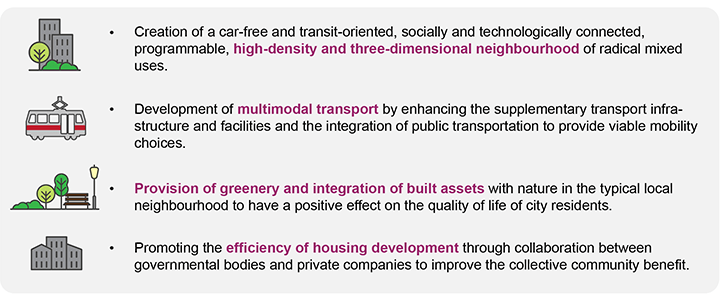
Within the four pillars, we researched and explored a variety of strategies for improvement based on the successful similar initiatives overseas, original ideas developed specifically for the LTV, and input from 18 interviewed key stakeholders in Hong Kong and finally arrived at 12 strategies which support the successful application of LTV.
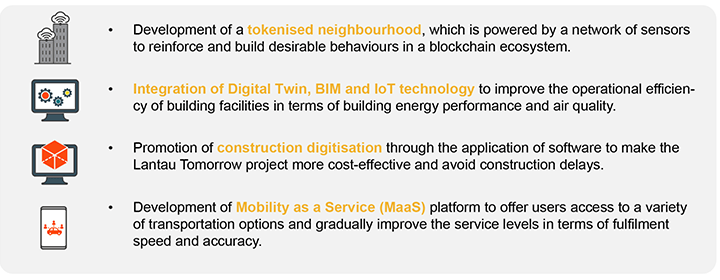


Concluding remarks
At present, there is still discussion about whether LTV could be the best option to tackle some of Hong Kong’s major issues, including housing. Considering its long construction time and some potential environmental impacts, it is worthwhile exploring the feasibility of these recommendations by government and stakeholders.
As such, if proven practical, the recommended initiatives will require the support of various entities in the public and private sectors in order to succeed and yield the benefits to all involved in the industry and the development of Lantau Tomorrow Vision.
